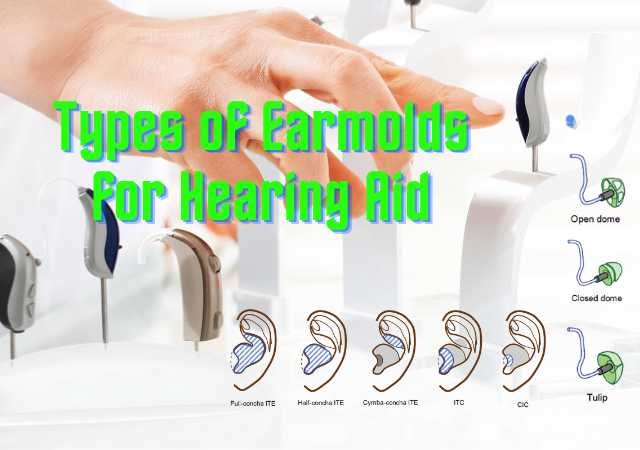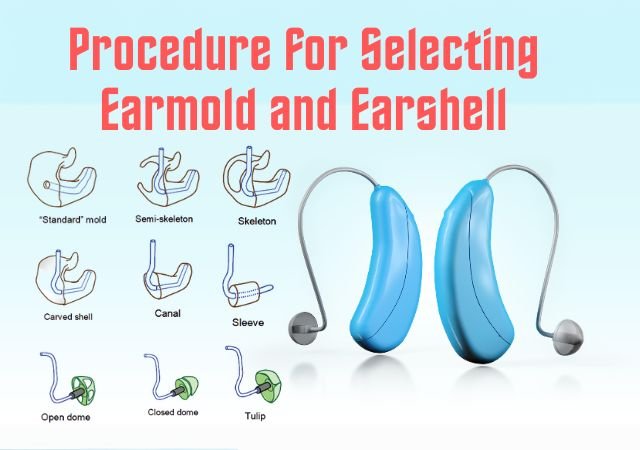Screening Assessment Evaluation and Diagnosis in SLP Questions Free: This article will center around the overall process of screening, assessment, evaluation, and diagnosis in Speech-Language Pathology (SLP). Do you consider screening for communication and swallowing disorders? Case history gathering, (functional) assessment tool selection, and cluster considerations are incorporated within the assessment and evaluation process. Evaluation processes address the following areas: speech sound production, fluency, voice, language, social communication, cognitive communication, augmentative and alternative communication, hearing, and feeding. Diagnosis involves determining the etiology, which can be genetic, developmental, auditory, neurological, structural, functional, or psychogenic. However, you can practice from SLP Praxis Practice Questions, ASHA SLP Praxis Practice Test Free, SLP Questions Free.

ASHA SLP Praxis Exam Study Guide
The following list represents the topics covered in the Audiology Praxis Exam currently administered. These topics align with standards for clinical certification set by the American Speech-Language-Hearing Association (ASHA).
ASHA Certificate of Clinical Competence in Audiology
ASHA Audiology Praxis Exam – Dates | Syllabus | Prep Materials
Audiology Praxis Exam Practice Test Question Free – Study Guide
ASHA SLP Praxis Exam Pattern
In this section, we offer free practice questions on the Screening Assessment Evaluation and Diagnosis in SLP for the ASHA Audiology Praxis Exam. To access free practice questions on other topics, please click the links provided in this table.
| Content Categories | Approximate Number of Questions | Approximate Percentage of Examination |
| Foundations and Professional Practice in SLP | 44 | 33.3% |
| Screening, Assessment, Evaluation, and Diagnosis | 44 | 33.3% |
| Planning, Implementation, and Evaluation of Treatment | 44 | 33.3% |
Screening Assessment Evaluation and Diagnosis in SLP
Multiple Choice Questions of the overall Assessment in SLP. These questions cover the basic information you need to know about screening, assessment, evaluation and diagnosis of communication and swallowing disorders. These processes achieve necessary for recognizing and catering to the needs of those facing communication difficulties.
Screening, Assessment, Evaluation, and Diagnosis (33.3%)
A. Screening
1. Communication disorders
2. Feeding and swallowing disorders
B. Approaches to Assessment and Evaluation
1. Developing case histories
2. Selecting appropriate assessment instruments, procedures, and materials
3. Assessing factors that influence communication and swallowing disorders
4. Assessment of anatomy and physiology
C. Assessment Procedures and Assessment
1. Speech sound production
2. Fluency
3. Voice, resonance, and motor speech
4. Receptive and expressive language
5. Social aspects of communication, including pragmatics
6. Cognitive aspects of communication
7. Augmentative and alternative communication
8. Hearing
9. Feeding and swallowing
D. Etiology
1. Genetic
2. Developmental
3. Disease processes
4. Auditory problems
5. Neurological
6. Structural and functional
7. Psychogenic
Screening Assessment Evaluation and Diagnosis in SLP Questions Free
Welcome to the Multiple Choice Questions section on the comprehensive evaluation process in Speech-Language Pathology (SLP). This set of questions will test your knowledge on the key elements of screening, assessment, evaluation, and diagnosis of communication and swallowing disorders. Understanding these processes is crucial for identifying and addressing the diverse needs of individuals with communication challenges.
Instructions:
- Read Each Question Carefully: Take your time to understand the question and all the answer choices before selecting your answer.
- Select the Best Answer: Choose the answer that best completes the statement or answers the question based on the knowledge covered in the introduction.
- Review Your Answers: After completing all the questions, review your answers to ensure they reflect your best understanding of the material.
- Use This as a Learning Tool: These questions are designed to reinforce your knowledge and identify areas where further study may be needed.
Good luck, and remember that practice is key to your success on the SLP Praxis Exam!
ASHA SLP Praxis Practice Test Free
| SLP Praxis Practice Test Free |
References:
- Praxis Examinations in Audiology and Speech-Language Pathology
- About the Praxis Examination in Speech-Language Pathology
- Praxis Exam Policies [PDF]
- Speech-Language Pathology Exam (5331) Content







0 Comments